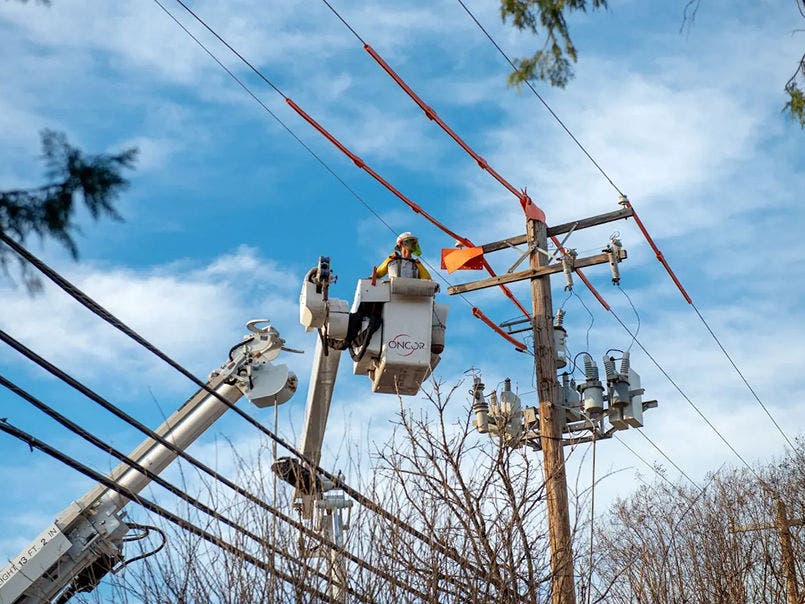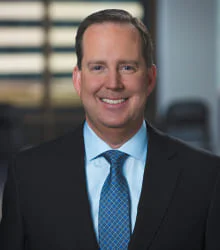Forward-Looking Statements
This webpage contains forward-looking statements relating to Oncor within the meaning of the Private Securities Litigation Reform Act of 1995, which are subject to risks and uncertainties. All statements, other than statements of historical facts, that are included in this news release, as well as statements made in presentations, in response to questions or otherwise, that address activities, events or developments that Oncor expects or anticipates to occur in the future, including such matters as projections, capital allocation, future capital expenditures, business strategy, competitive strengths, goals, future acquisitions or dispositions, development or operation of facilities, market and industry developments and the growth of Oncor’s business and operations (often, but not always, through the use of words or phrases such as “intends,” “plans,” “will likely result,” “are expected to,” “will continue,” “is anticipated,” “estimated,” “forecast,” “should,” “projection,” “target,” “goal,” “objective” and “outlook”), are forward-looking statements. Although Oncor believes that in making any such forward-looking statement its expectations are based on reasonable assumptions, any such forward-looking statement involves risks, uncertainties and assumptions. Factors that could cause Oncor’s actual results to differ materially from those projected in such forward-looking statements include: legislation, governmental policies and orders, and regulatory actions; legal and administrative proceedings and settlements, including the exercise of equitable powers by courts; weather conditions and other natural phenomena, including any weather impacts due to climate change; acts of sabotage, wars, terrorist activities, cybersecurity attacks, wildfires, fires, explosions, hazards customary to the industry, or other emergency events and the possibility that Oncor may not have adequate insurance to cover losses or third-party liabilities related to any such event; actions by credit rating agencies; health epidemics and pandemics, including their impact on Oncor’s business and the economy in general; interrupted or degraded service on key technology platforms, facilities failures, or equipment interruptions; economic conditions, including the impact of a recessionary environment, inflation, supply chain disruptions, competition for goods and services, service provider availability, and labor availability and cost; unanticipated population growth or decline, or changes in market demand and demographic patterns, particularly in the ERCOT region; ERCOT grid needs and ERCOT market conditions, including insufficient electric capacity within ERCOT or disruptions at power generation facilities that supply power within ERCOT; changes in business strategy, development plans or vendor relationships; changes in interest rates or rates of inflation; significant changes in operating expenses, liquidity needs and/or capital expenditures; inability of various counterparties to meet their financial and other obligations to Oncor, including failure of counterparties to timely perform under agreements; general industry and ERCOT trends; significant decreases in demand or consumption of electricity delivered by Oncor, including as a result of increased consumer use of third-party distributed energy resources or other technologies; changes in technology used by and services offered by Oncor; significant changes in Oncor’s relationship with its employees, including the availability of qualified personnel, and the potential adverse effects if labor disputes or grievances were to occur; changes in assumptions used to estimate costs of providing employee benefits, including pension and retiree benefits, and future funding requirements related thereto; significant changes in accounting policies or critical accounting estimates material to Oncor; commercial bank and financial market conditions, macroeconomic conditions, access to capital, the cost of such capital, and the results of financing and refinancing efforts, including availability of funds and the potential impact of any disruptions in U.S. capital and credit markets; circumstances which may contribute to future impairment of goodwill, intangible or other long-lived assets; financial and other restrictions under Oncor’s debt agreements; Oncor’s ability to generate sufficient cash flow to make interest payments on its debt instruments; and Oncor’s ability to effectively execute its operational strategy.
Further discussion of risks and uncertainties that could cause actual results to differ materially from management’s current projections, forecasts, estimates and expectations is contained in filings made by Oncor with the U.S. Securities and Exchange Commission. Specifically, Oncor makes reference to the section entitled “Risk Factors” in its annual and quarterly reports. Any forward-looking statement speaks only as of the date on which it is made, and, except as may be required by law, Oncor undertakes no obligation to update any forward-looking statement to reflect events or circumstances after the date on which it is made or to reflect the occurrence of unanticipated events. New factors emerge from time to time, and it is not possible for Oncor to predict all of them; nor can it assess the impact of each such factor or the extent to which any factor, or combination of factors, may cause results to differ materially from those contained in any forward-looking statement. As such, you should not unduly rely on such forward-looking statements.







